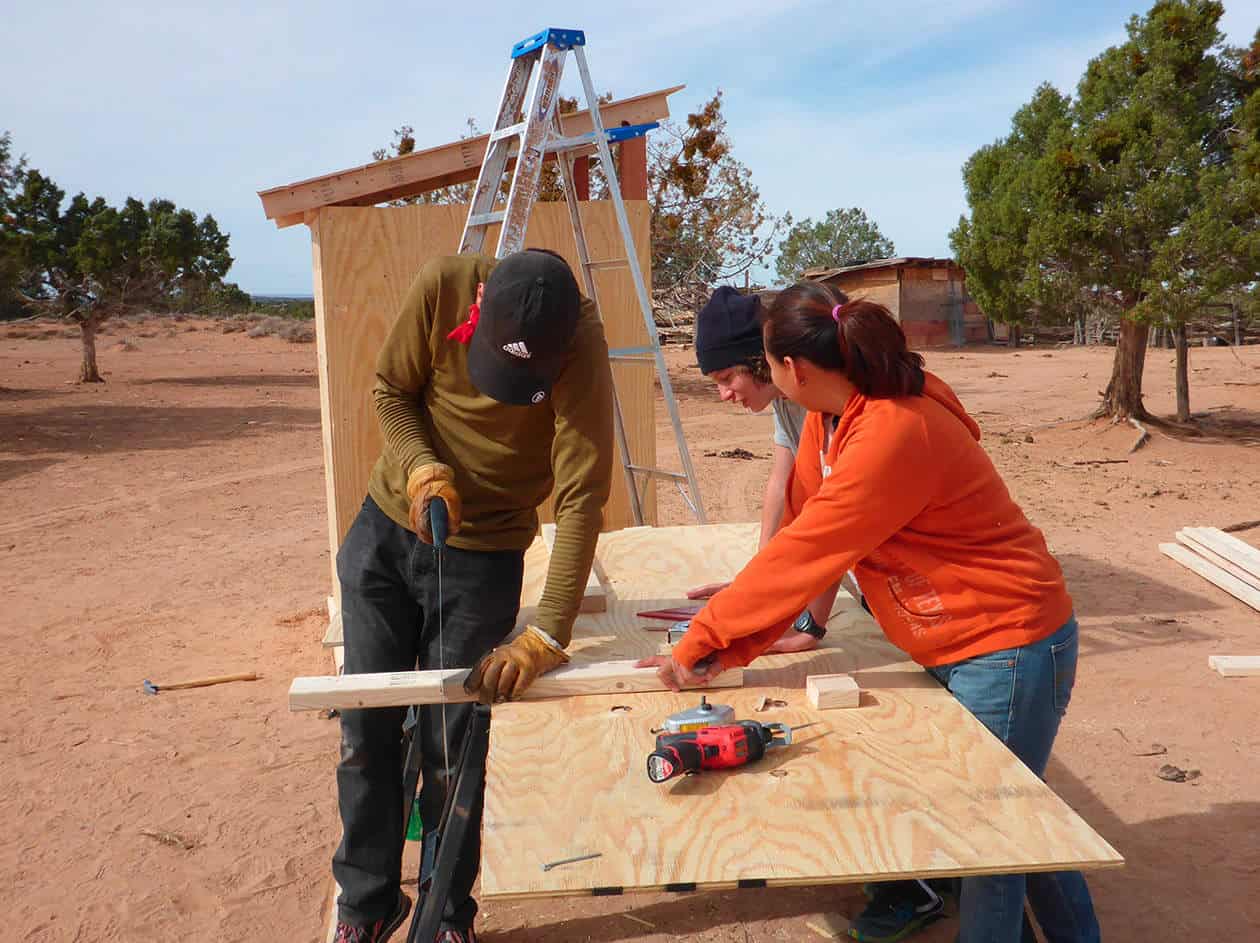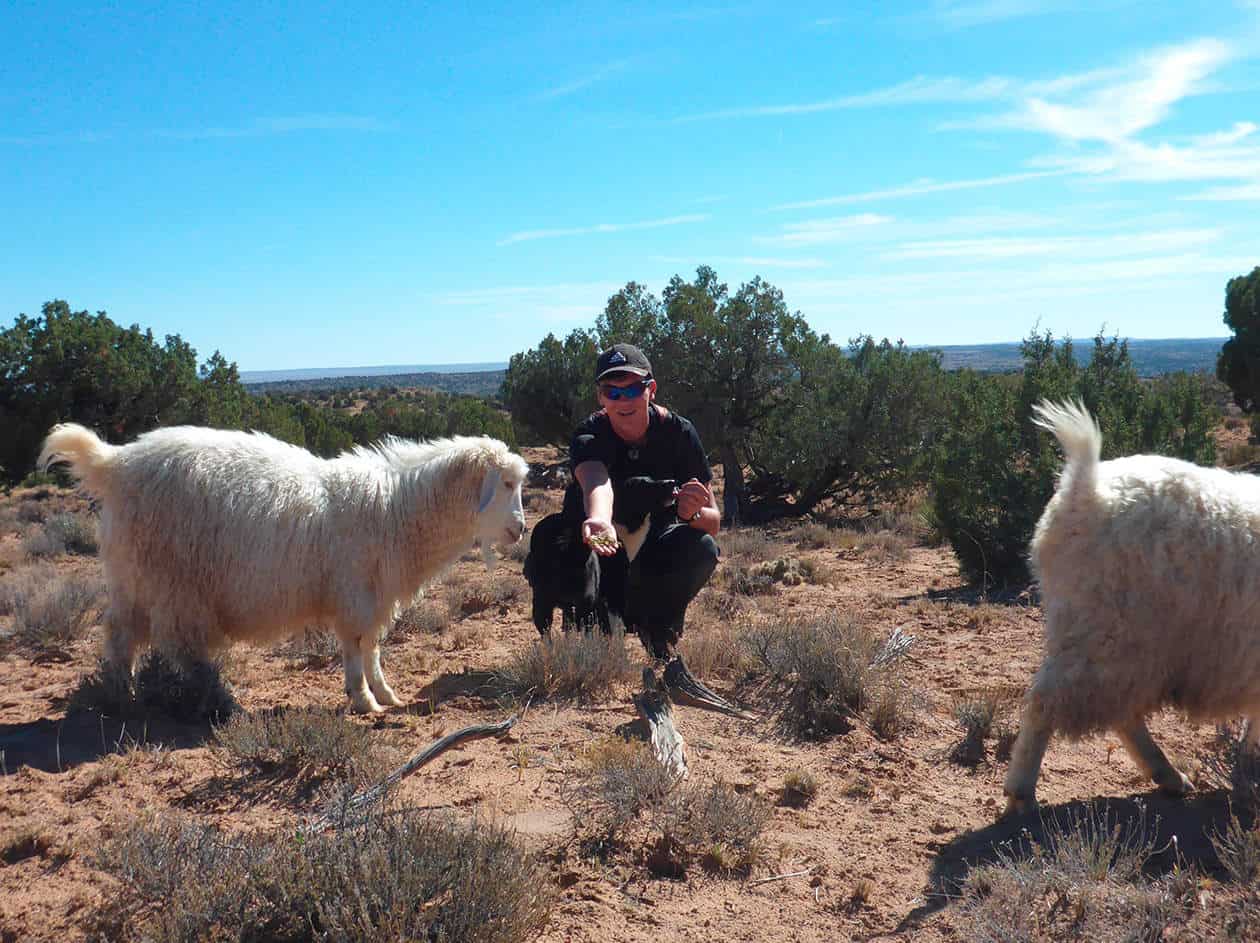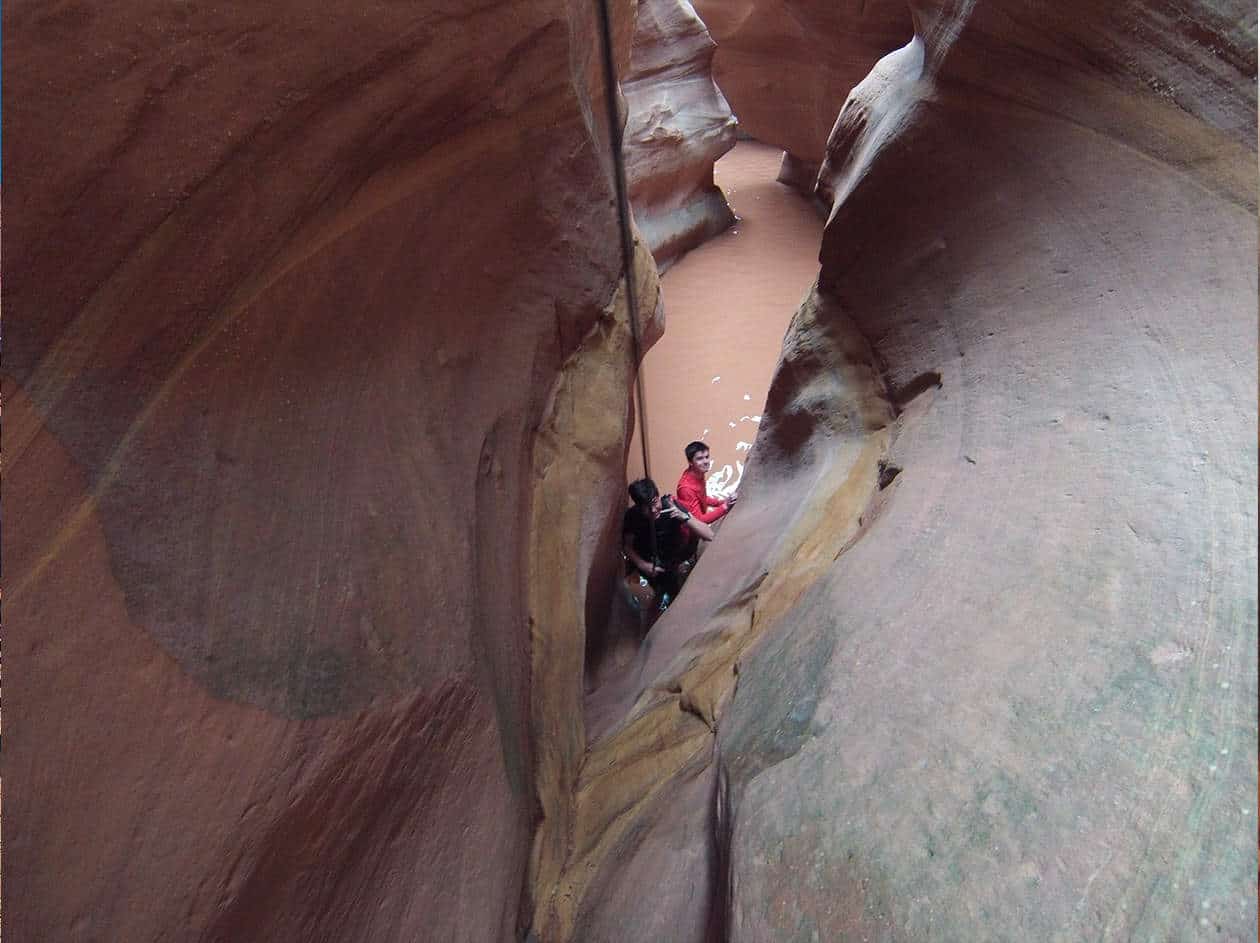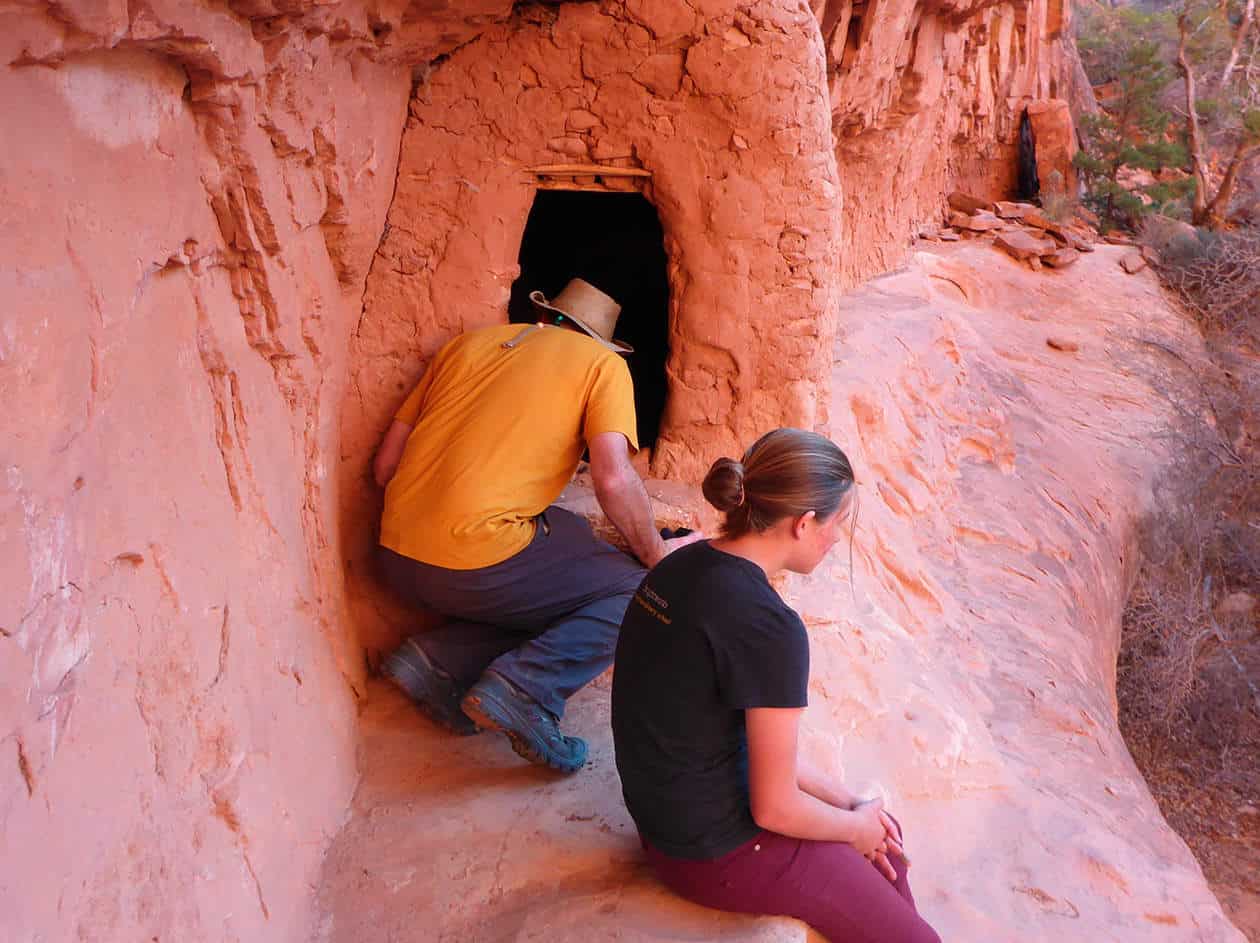Into the West: A Historical Look at Manifest Destiny
+Impact Students recently traveled to the southwest to deepen their understanding of Indigenous cultures and the impact that manifest destiny had on them.
For the field study component of our +Impact Study titled Into the West, +Impact students traveled to Sedona, Flagstaff, Tuba City, Southern Utah, Grand Gulch and Cedar Mesa. Their task was to deepen their understanding of Indigenous cultures and the impact that manifest destiny had on them. Throughout the study our students investigated environmental and cultural issues such as the Hopi-Diné land dispute, lack of rural electrification, cultural diffusion among Indigenous cultures, and the destruction of historic sites in an effort to identify tools needed to help preserve the diverse cultures around us. For the peak experience of this field study, students had an awesome southwest adventure complete with cultural experiences of the past, present, and future while canyoneering and backpacking.
On this field study we challenged students to explore the problems facing Indigenous peoples today through a cultural lens. They were asked to explain why those issues exist, whether those issues are unique to specific areas or communities and then challenged to find solutions to the cultural issues. What was the ultimate goal of this +Impact Study? Identify a cultural issue, either nationally or locally, and create a tool to assist with the issue.
The adventure began in Sedona with a hike through Boyton Canyon , where Indigenous people lived for thousands of years. It has since become one of the most famous box canyons in the southwest. Lately it has become even more so, since it developed a reputation as a site of a spiritual energy vortex. Whether or not you follow this belief, there’s no doubt that the beauty found among these towering buttes, crimson cliffs, and natural desert gardens is divine. It was easy to understand why the ancient civilizations chose to make this area home.


Next on the study the students traveled to Tuba City (and beyond) to meet with the Black Mesa Indigenous Support Network. Through this organization students were personally introduced to the Diné or Navajo People. To gain a deeper understanding of the impact manifest destiny had on Indigenous peoples, students lived with a Diné family on the reservation for four days and three nights. They ate what they ate and helped with their daily chores such as cooking, cleaning, and herding sheep. While the students helped with the daily activities they learned how members of the Diné community interact with the environment. They were asked to compare and contrast cultural experiences of members of the Diné community with their own experiences. The Diné family they stayed with did not have electricity or running water. As part of their service learning experience, students built two outhouses to replace the decades old ones the family was using. Students witnessed the host family weave traditional rugs using the wool from the very sheep they were herding, as well as beading turquoise jewelry that were gifted to each of the students. The amazing host family also cooked Navajo tacos for the students and allowed students to participate in the making of the traditional flat bread.
After their hard work on the reservation the students were looking forward to canyoneering in southern Utah. Students embarked on a day adventure by hiking down into a canyon and rappelling 80 feet into a slot canyon. There, students shimmied from a small ledge into nearly freezing cold water to swim 100 yards to the next dry spot in the canyon. Doing their best to dry off and warm up, students hiked through the canyon, up the side, and back along the canyon to the beginning. The next stop on their adventure was backpacking through Grand Gulch, the home of ancient Puebloan ruins. Students spent Halloween night camped below an ancient Puebloan ruin embracing the presence of ancient culture and telling spooky stories.
As quick as the adrenaline rush from canyoneering faded away, so did the time remaining on the trip. Now that the students have returned home it’s onto the final component to this +Impact Study – identifying a cultural issue and creating a tool to assist with that issue. We can’t wait to see what the students create.

